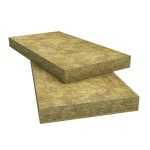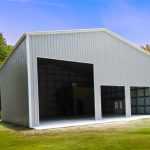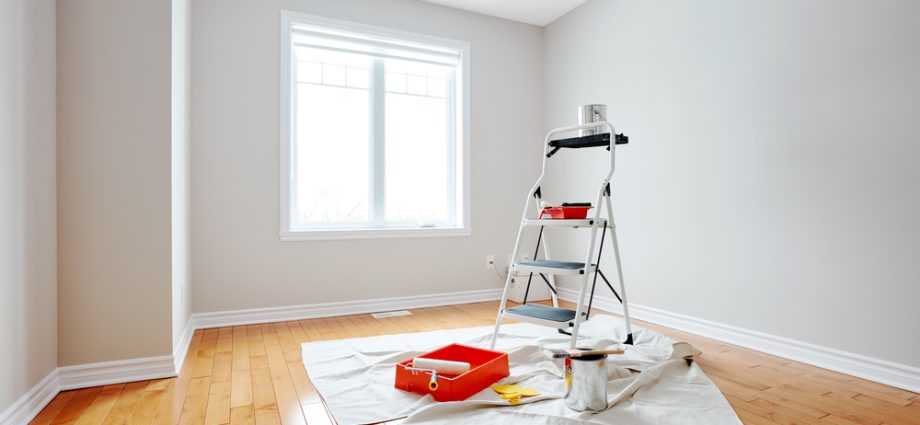Revitalizing home walls can dramatically enhance the aesthetic appeal and overall ambiance of your living spaces. Whether you’re renovating an existing home or building a new one, mastering essential Plaster & Drywall Services in Los Angeles CA techniques is essential for achieving smooth, seamless finishes that elevate the look and feel of your interiors.
Introduction to Plaster & Drywall Techniques
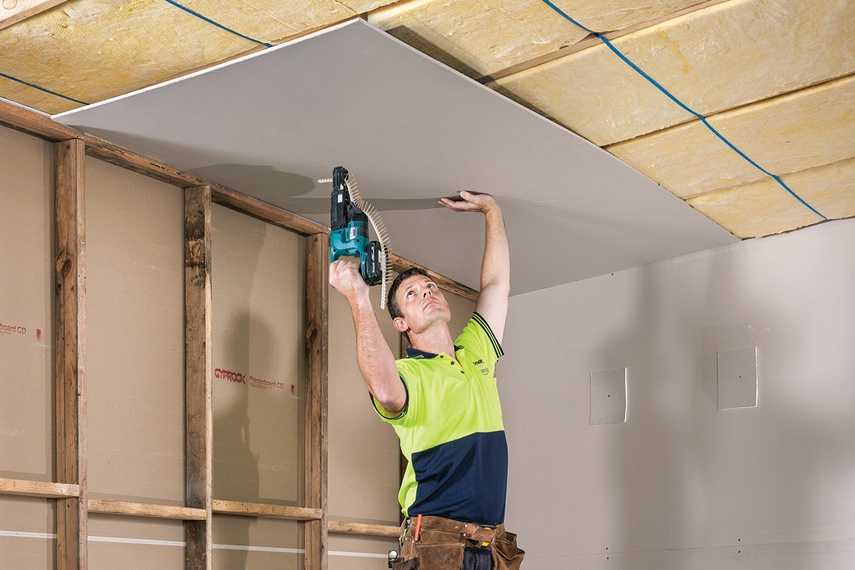
Revitalizing Home Walls
Importance of Proper Wall Preparation
Before diving into plaster and drywall application, it’s crucial to ensure that your walls are properly prepared. This includes removing any existing wallpaper or paint, repairing any cracks or imperfections, and priming the surface to promote better adhesion and longevity of the plaster or drywall.
Choosing the Right Materials
Selecting high-quality materials is key to achieving professional results. When it comes to plaster, consider factors such as setting time, workability, and durability. For drywall, opt for moisture-resistant varieties in areas prone to humidity, such as bathrooms and kitchens.
Tools and Equipment Needed
To tackle plaster and drywall projects effectively, you’ll need a range of tools and equipment, including trowels, joint knives, sanders, and corner bead tools. Investing in quality tools will not only make the job easier but also ensure smoother finishes.
Preparation Steps Before Application
Before applying plaster or drywall, take the time to prepare the surface properly. This may involve filling in any holes or cracks, sanding down rough patches, and ensuring the area is clean and free of debris.
Applying Plaster: Step-by-Step Guide
Begin by mixing the plaster according to the manufacturer’s instructions. Apply a thin base coat, known as the scratch coat, followed by subsequent layers to build up thickness. Use a trowel to spread the plaster evenly, working in small sections to maintain control.
Applying Drywall: Step-by-Step Guide
Drywall installation involves measuring, cutting, and securing panels to the wall studs. Once in place, seams are taped and covered with joint compound to create a seamless surface. Sanding and priming may be necessary before painting or wallpapering.

Achieving Smooth and Seamless Finishes
To achieve smooth finishes with plaster or drywall, proper technique is essential. Take care to feather out edges and blend seams seamlessly for a flawless appearance. Sanding between coats can help achieve a smoother texture.
Texturing Techniques for Added Depth
For added visual interest, consider incorporating texture into your walls. Techniques such as skip troweling, stippling, or venetian plaster can add depth and dimension to your surfaces, creating a unique and personalized look.
Repairing Damaged Walls
Over time, walls may sustain damage from wear and tear or accidents. Knowing how to repair cracks, dents, or holes in plaster or drywall is essential for maintaining the integrity and appearance of your walls.
Tips for Maintaining Plaster & Drywall Surfaces
Regular maintenance is key to preserving the beauty and durability of your plaster and drywall surfaces. Avoid excessive moisture exposure, clean gently with a soft cloth or sponge, and promptly address any signs of damage or deterioration.
Enhancing Aesthetics with Paint and Wallpaper
Once your plaster or drywall surfaces are prepared and finished, enhance their aesthetic appeal further with paint or wallpaper. Choose colors and patterns that complement your decor and reflect your personal style for a cohesive and inviting space.
Common Mistakes to Avoid
Avoid common pitfalls such as applying too thick of a plaster coat, rushing the drying process, or neglecting proper surface preparation. Taking the time to do the job right will result in professional-quality results that stand the test of time.
Concrete Brick Stone Services
In the realm of home renovation, mastering essential techniques like plaster and drywall application can vastly elevate the aesthetic appeal of your living spaces. From seamless finishes to textured depths, these techniques transform walls into works of art, enhancing both beauty and functionality.
Structural Integrity of Concrete Brick Stone
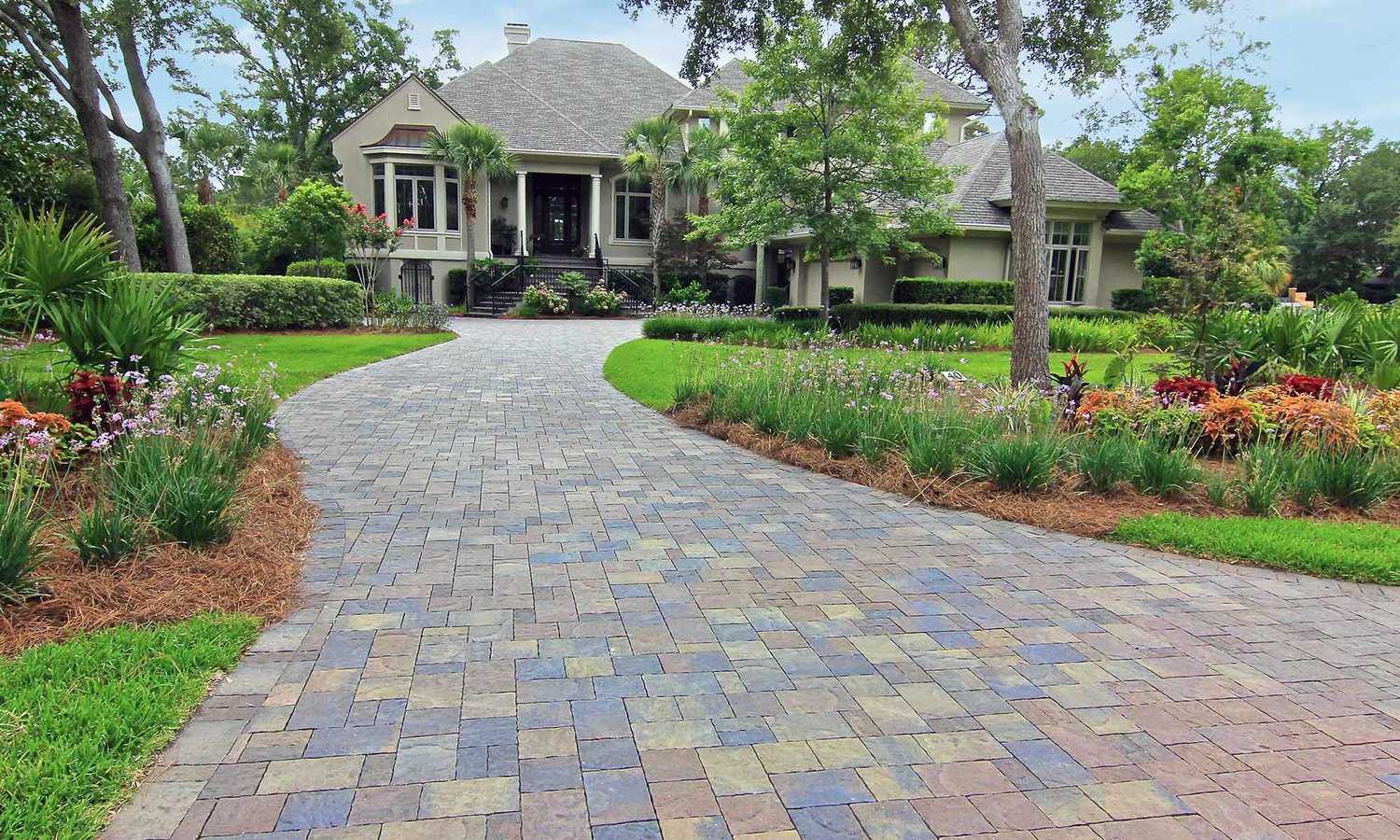
Similarly, embracing the timeless elegance of Concrete Brick Stone Services in Los Angeles CA adds another layer of sophistication to architectural endeavors. Whether crafting sturdy foundations or intricate designs, these materials offer enduring beauty and structural integrity, enriching the visual landscape of any space with their innate charm and versatility.
Hiring Professionals vs. DIY
While some homeowners may opt to tackle plaster and drywall projects themselves, hiring professionals can ensure a smoother and more efficient process, particularly for larger or more complex jobs. Consider your skill level, time constraints, and budget when deciding between DIY or professional assistance.
Conclusion: Transforming Your Walls into Works of Art
Mastering essential plaster and drywall techniques opens up a world of possibilities for transforming your home walls into works of art. With proper preparation, quality materials, and attention to detail, you can achieve smooth, seamless finishes that elevate the beauty and functionality of your living spaces.
FAQs
- Can I apply plaster over existing drywall?
Yes, it’s possible to apply plaster over existing drywall, but proper surface preparation is essential for adhesion and longevity.
- How long does plaster take to dry?
The drying time for plaster can vary depending on factors such as temperature, humidity, and thickness of the application. Generally, it takes 24 to 48 hours for plaster to dry completely.
- Can I repair small holes in drywall myself?
Yes, small holes in drywall can be repaired using a patching compound and sandpaper. However, larger holes may require professional assistance.
- Is it necessary to prime drywall before painting?
Yes, priming drywall before painting helps to seal the surface, promote better adhesion, and ensure more uniform coverage of paint.
- How often should I repaint my walls?
The frequency of repainting your walls depends on factors such as wear and tear, sunlight exposure, and personal preference. Generally, it’s recommended to repaint every 5 to 7 years for optimal maintenance.









